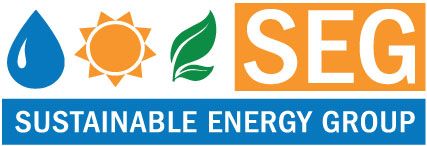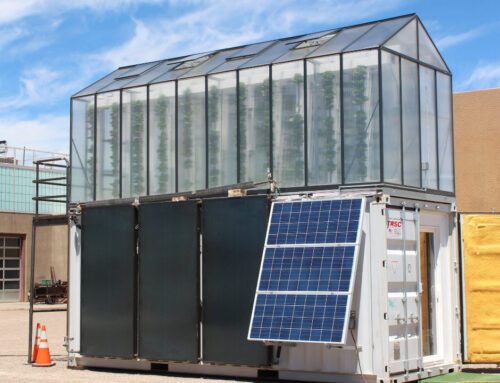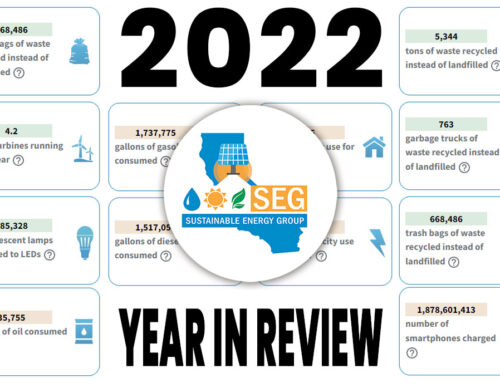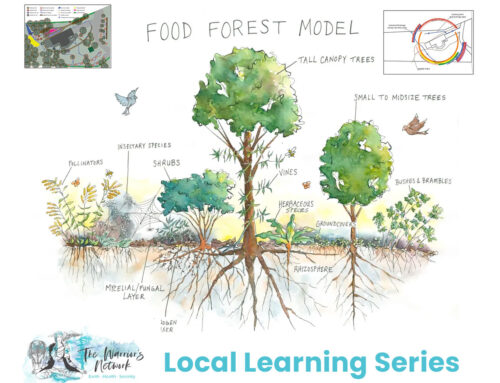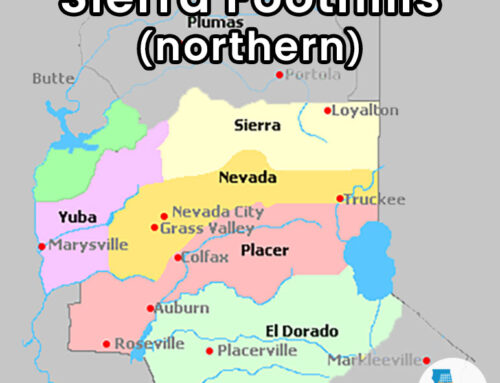Regenerative grazing is the preferred new normal with Joel Salatin
Part of SEG’s Sustainability in Media Series, where we share good media about sustainable energy and living to help our community learn and thrive during interesting times.
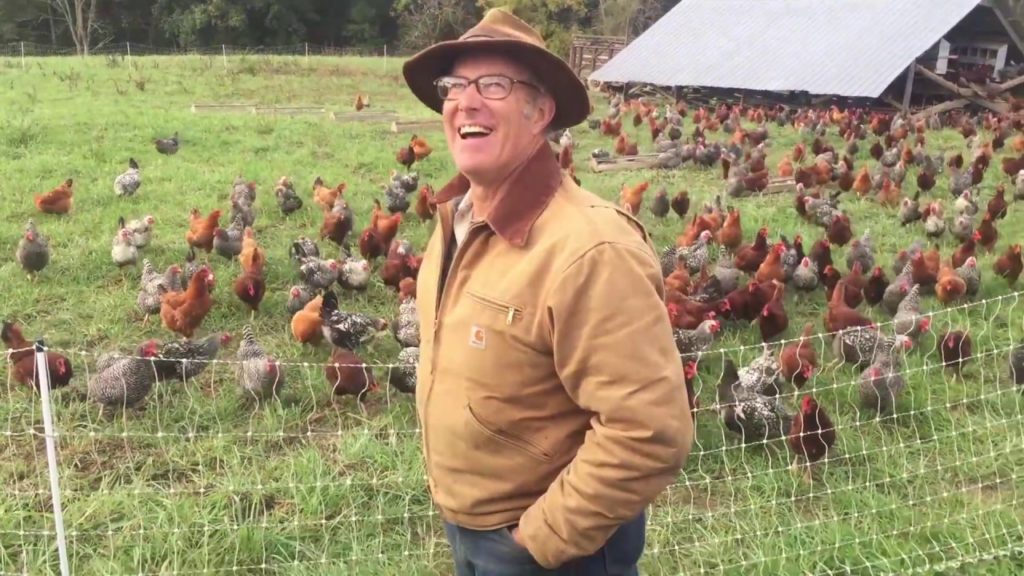


Joel Salatin – Regenerative Grazing Pioneer
+ Is there enough land to feed Los Angeles if we do so with Regenerative Agriculture?
+ Why are there meat shortages?
+ How can we create tens of thousands of jobs by stepping away from factory farms?
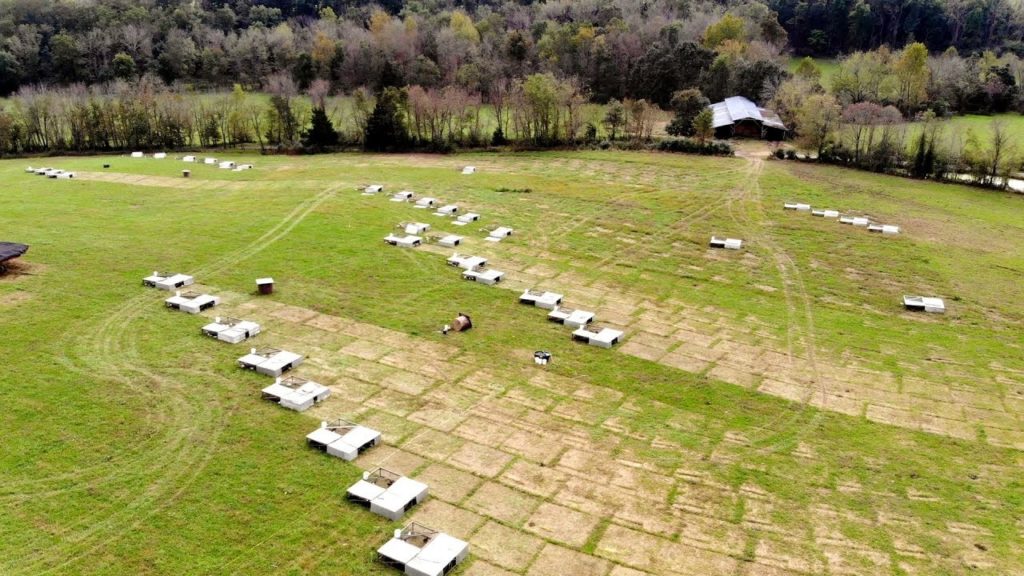


After the cows, and egg laying hens, come the boiler hens
+ How can we decentralize processing to slow spread of animal and human disease.
Lastly, examining how important is our mirco-biome and how strengthening our immune systems are some of the most important things we can do during covid-19 times.
Questions and ideas like these are examined in this wonderful 2 hour podcast with Joel Salatin in May of 2020.
Who is Joel Salatin and what is regenerative grazing?
Below is a dense but fun quote to read from Joel Salatin’s website: www.polyfacefarms.com/principles/
“We practice mob stocking herbivorous solar conversion lignified carbon sequestration fertilization with the cattle. (aka almost daily rotation grazing). The Eggmobiles follow them, mimicking egrets on the rhinos’ nose. The laying hens scratch through the dung, eat out the fly larvae, scatter the nutrients into the soil, and give thousands of dollars worth of eggs as a byproduct of pasture sanitation. Pastured broilers in floorless pasture schooners move every day to a fresh paddock salad bar. Pigs aerate compost and finish on acorns in forest glens. It’s all a symbiotic, multi-speciated synergistic relationship-dense production model that yields far more per acre than industrial models. And it’s all aromatically and aesthetically romantic.”
—
Decentralizing meat processing is another big topic that Joel Salatin mentions.
What you have (with regenerative local food growing and production) is a fundamentally decentralized, democratized “food distancing” that creates resiliency within the system where as instead of being tied to 100-150 mega processing facilities, we are decentralized throughout the land base.
Imagine the job creation if instead of 100 mega processing plants we had 10,000 all over the country!
Also, instead of processing being doing in an assembly line, with employees being elbow to elbow. In Joel’s locally run processing plants, each butcher has their own station separate from the other butchers.
By processing locally, the meat and egg shortages we have seen during covid-19 would be a thing of the past because we are not longer relying on nationwide and worldwide transportation to bring food to our tables.
This does raise an important question.
Would the cost of meat go up in a regenerative system? The answer is yes.
To clarify, Joel then goes to say that the costs of his meat is upfront and not hidden by subsidies and bad for the environment grazing and feed lot practices. His meat does not need drugs and antibiotics. Not being in such tight working conditions keeps his workers safe from virus transmission.
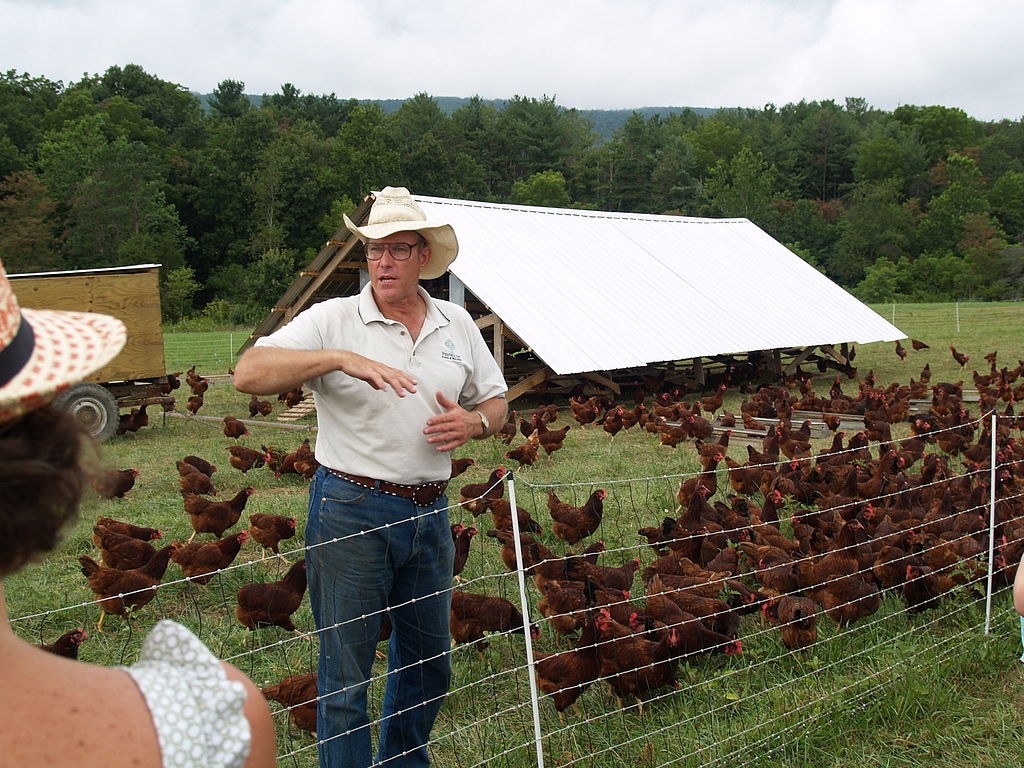


Also his meat and eggs are more nutritional as the cows live like cows, chickens like chickens and pigs like pigs. They feed and live how they would in the natural world.
It’s just simply a better “whole picture” approach that must become the new normal in meat and egg growing and production and we have the land and knowledge to do it.
One last statement that really hit home was,
40 years ago our cost of food was 18% and healthcare 9% and now the cost of food is 9% and healthcare 18%
Hmmmm.
